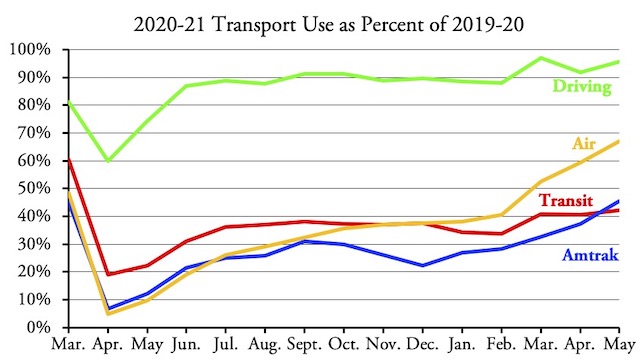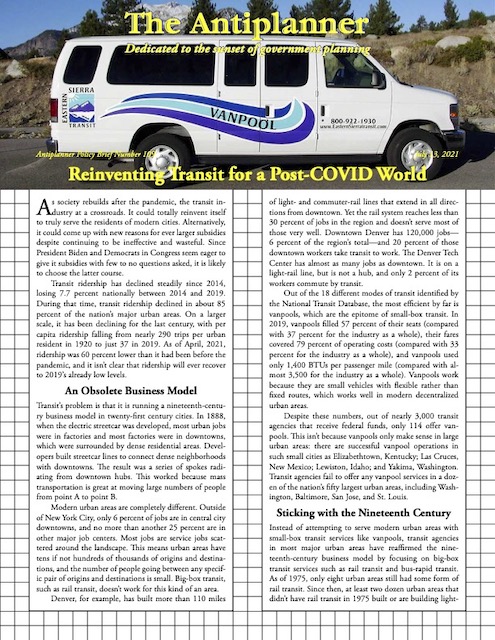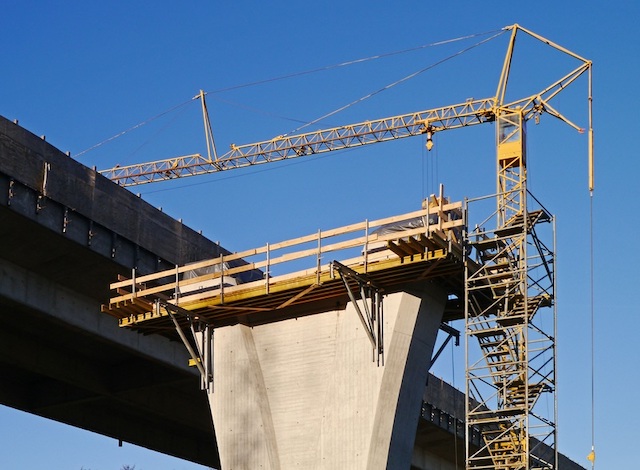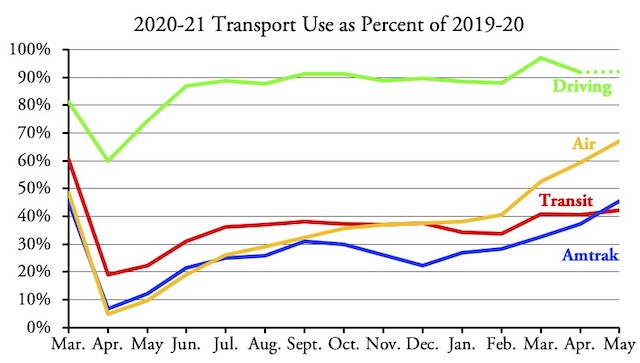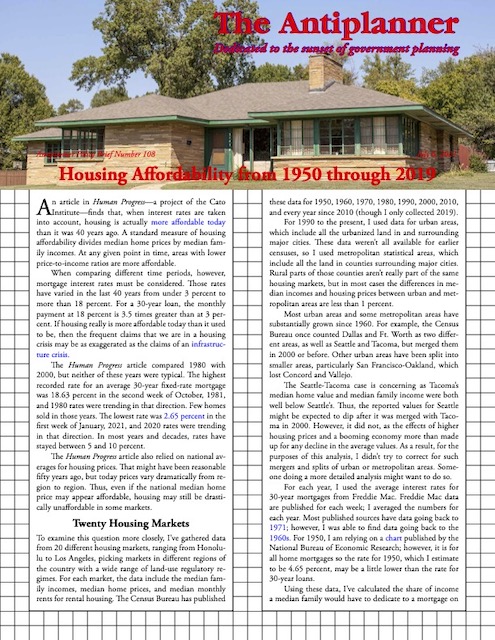The Santa Clara Valley Transportation Authority (VTA) announced that it is going to resume running its light-rail trains. It doesn’t know when it is going to do it, but it has a plan. The plan is pretty vague but it hints the trains might be accepting passengers again by the end of July, although the agency’s CEO admits that mid-August is more likely.
As Antiplanner readers will remember, on May 26, a disgruntled employee killed nine other VTA workers at the light-rail maintenance center and then shot himself. The shut-down of the maintenance center meant no light-rail trains could run while police were doing their investigation.
To make matters worse, VTA said it didn’t have enough bus drivers to replace light-rail service. What buses and drivers it had were dedicated to the “regular bus network that serves the majority of our riders who rely on public transit the most,” the agency said. Continue reading


